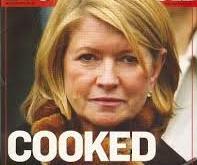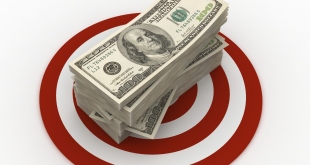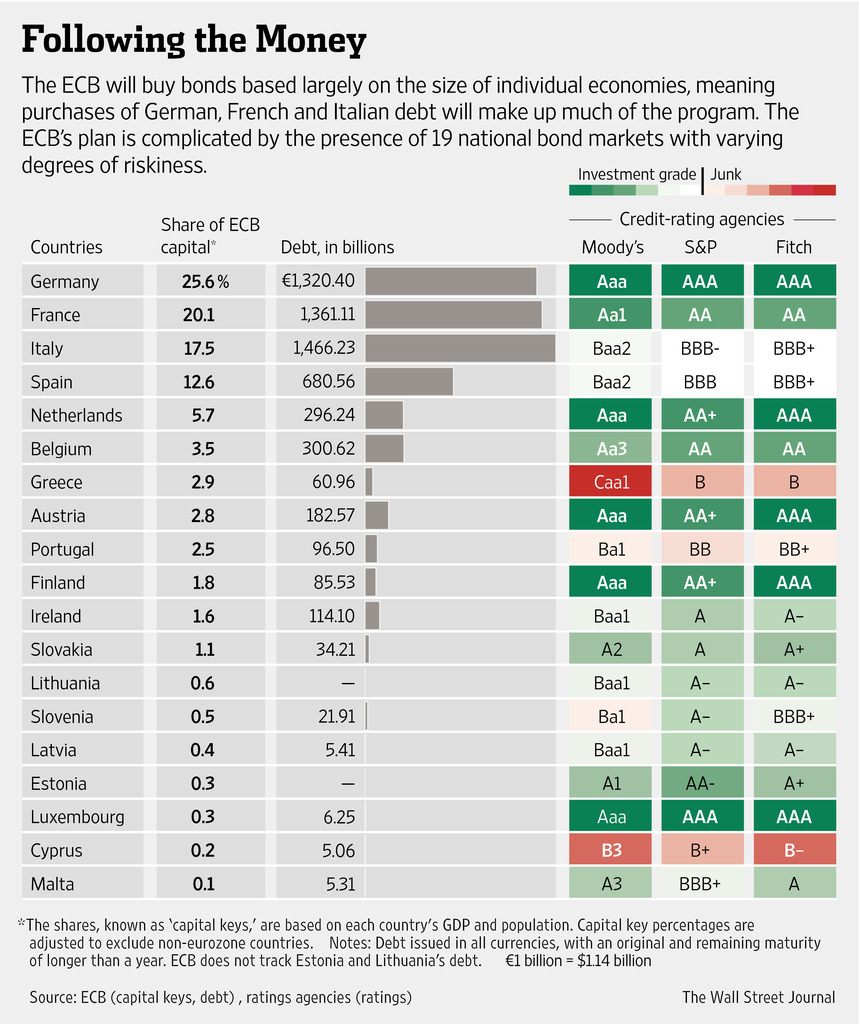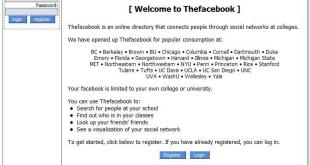Everyone is entitled to their own opinion about Shkreli; the guy is truly polarizing. However, I wanted to take a more calculated view of his KBIO purchase and whether it constitutes insider trading.
As a disclaimer, I’m licensed to practice law, but I chose not to make a career of it due to some of the absurd and contradictory rules and regulations, but that’s for another post.
Insider trading is the buying or selling of a security, in breach of a fiduciary duty or other relationship of trust and confidence, while in possession of material, nonpublic information about the security.
Two theories have been used to create liability for insider trading based on material non-public information:
(1) The “classical theory”: The focus is on corporate insiders and provides that an insider may not trade shares of his or her corporation based on material non-public information in violation of a duty of trust and confidence owed to the corporation and its shareholders.
(2) The “misappropriation theory.” The focus is on outsiders, who do not owe a duty to the issuer or its shareholders, but through obtaining material non-public information, they can be liable for insider trading if they trade on that information in breach of a fiduciary duty owed to the source of the information.
Scenario 1: You’re in line at your local Starbucks, and a man and a woman are in front of you. They mention that they believe getting acquired is the best path forward. You see “Company A” on their work bags. You end up scooping up shares and short-dated options like a fat guy getting at a bag of potato chips. A few days later, the Company A gets bought out. You net a multi-million dollar profit. Insider Trading? No. The luck of a leprechaun with a four leaf clover tattooed on his tiny ass? You betcha.
Scenario 2: Your broker hits you up and says “Bro, you should get out of Biotech XYZ immediately because the CFO (who happens to be the broker’s client as well) is dumping her shares. Drinks and charcuterie later.” Insider Trading? Maybe. Situation sounds familiar? It should, this is the cliff notes version of Martha Stewart’s case.
Violations may also include “tipping” such information (the tipper), securities trading by the person “tipped (the tippee), and securities trading by those who misappropriate such information. Please refrain from any “just the tip” jokes; this is a site for gentlemen (and refined ladies of course).
This brings me to the Shkreli and Biestek situation presented before us. If the SEC is going to bring a case, their best route is to go through the classical theory due to Shkreli being an insider. He became an insider once he purchases 10% or more of KBIO shares. As for their potential of going to white collar prison…
Shkreli: His mere act of purchasing shares of KBIO does not constitute insider trading. He had as much information as you or I (as far as we know). Also, saying his mere act of purchasing the shares is illegal is like saying Buffett breaks the law when he discloses his purchases and the stock goes up. Only a true idiot would argue it this way.
However, some may say Shkreli could be found liable under tipper liability. Please note that tipper liability has seen less challenges as compared to the tippee.
Tipper liability requires that (1) the tipper had a duty to keep material non-public information confidential; (2) the tipper breached that duty by intentionally or recklessly relaying the information to a tippee who could use the information in connection with securities trading; and (3) the tipper received a personal benefit from the tip.”
While any decent attorney could make a reasonable argument that Shkreli’s actions met elements 1 & 2, based on the current facts, element 3 isn’t satisfied.
Recently, the Second Circuit in United States v. Newman (2014) involving hedge-fund portfolio managers who had allegedly traded on the basis of material nonpublic information, and in which the Supreme Court declined to hear the appeal petition, ruled that “the personal benefit received in exchange for confidential information must be of some consequence.”
Translation= Friendship isn’t enough.
Biestek: His situation, at first glance, is much closer to crossing the line into insider trading. Newman has outlined tippee liability as the following:
(1) the corporate insider was entrusted with a fiduciary duty; (2) the corporate insider breached his fiduciary duty by (a) disclosing confidential information to a tippee (b) in exchange for a personal benefit; (3) the tippee knew of the tipper’s breach, that is, he knew the information was confidential and divulged for personal benefit; and (4) the tippee still used that information to trade in a security or tip another individual for personal benefit.”
Again, there is nothing to suggest at the moment that Biestek provided Shkreli with any personal benefit, which would clear him as of now. Moreover, Biestek was included in the “group” that bought all of those KBIO shares; it says this in a footnote in his Form 4. This fact alone is likely strong enough for him to avoid any prison time and sweet love.
In sum, while many would like to see these two thrown in the can, it’s extremely unlikely. I realize that Shkreli is not going to win Most Popular in a year book contest, but give the guy credit where credit is due, he’d probably win Most Successful.
Comments »













